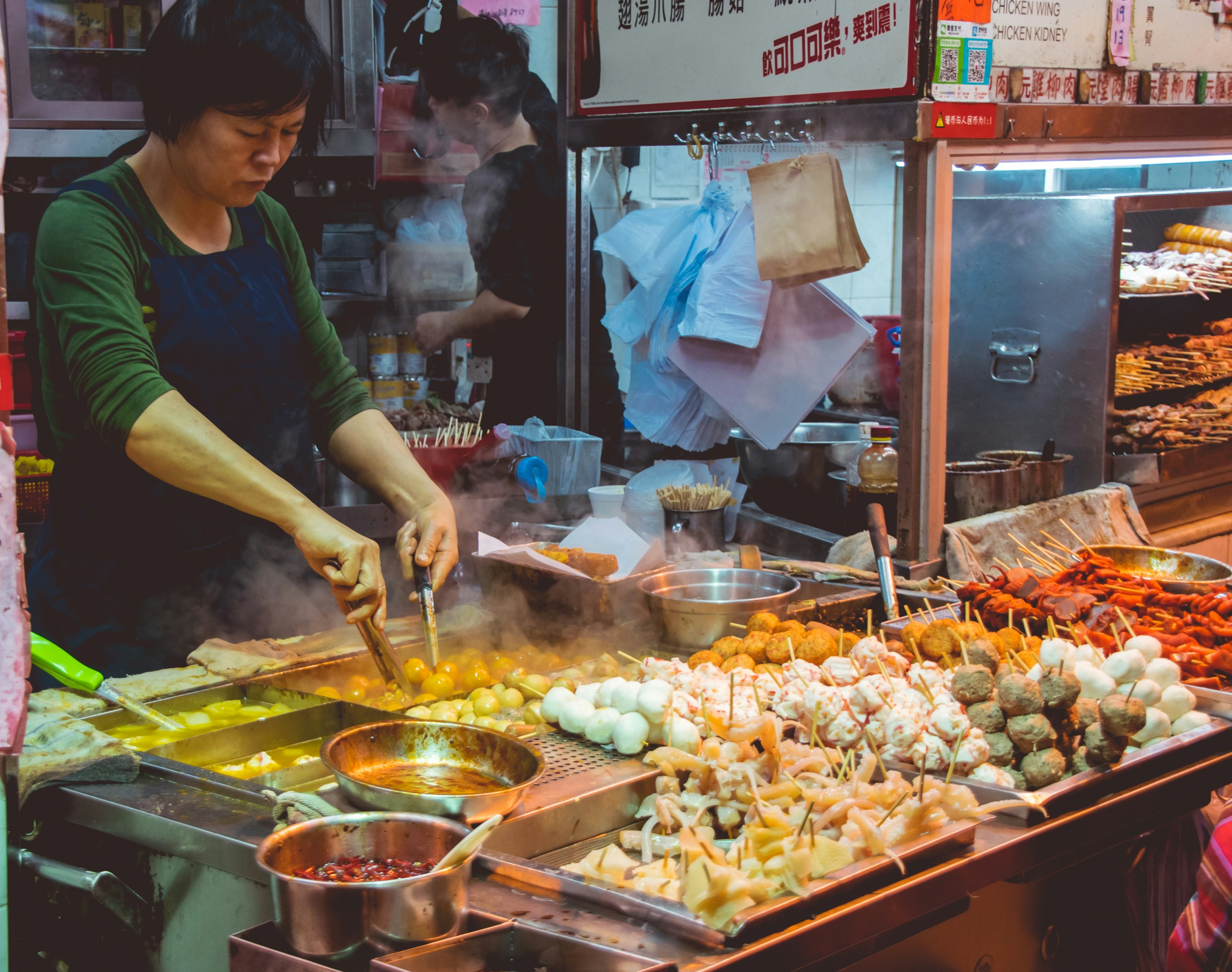Unveiling the World of Culinary Expeditions: A Feast for the Senses
Embark on a tantalizing journey through the realm of culinary expeditions, where travelers seek to satisfy their wanderlust and their taste buds simultaneously. This burgeoning trend in the travel industry combines the thrill of exploration with the joy of gastronomic discovery, offering a unique and immersive way to experience different cultures through their cuisines.

In the 1990s, the term culinary tourism was first coined by Lucy Long, a folklorist and food studies scholar. This marked the beginning of a more formalized approach to food-centric travel. As globalization increased and the world became more interconnected, people’s curiosity about diverse cuisines grew exponentially.
The rise of celebrity chefs, cooking shows, and food-focused media in the early 2000s further fueled this interest. Suddenly, viewers were not just content with watching exotic dishes being prepared on screen; they wanted to experience these flavors firsthand in their authentic settings.
The Evolution of Culinary Expeditions
What started as simple food tours in major cities has now evolved into full-fledged culinary expeditions. These immersive journeys go beyond just tasting local dishes; they offer a deep dive into the cultural, historical, and social contexts that shape a region’s culinary identity.
Modern culinary expeditions might include:
-
Cooking classes with local chefs
-
Visits to markets and farms
-
Participation in food harvesting or production processes
-
Dining in locals’ homes
-
Food and wine pairing experiences
-
Exploration of street food scenes
This evolution reflects a broader shift in travel preferences. Today’s travelers are increasingly seeking authentic, experiential journeys that allow them to connect with destinations on a more profound level.
The Psychology Behind Food-Centric Travel
The appeal of culinary expeditions lies in their ability to engage all five senses. Unlike traditional sightseeing, which primarily relies on visual stimulation, food-focused travel offers a multi-sensory experience. The aroma of spices in a Moroccan souk, the sizzle of street food in Bangkok, or the velvety texture of Italian gelato – these sensory inputs create lasting memories and deeper connections to a place.
Moreover, food serves as a universal language. Even when verbal communication is challenging, sharing a meal can foster connections between travelers and locals. This aspect of culinary tourism aligns with the growing desire for more meaningful, culturally immersive travel experiences.
Psychologists also note that food experiences trigger emotional responses and can be tied to personal identity. For many, exploring new cuisines is a form of self-discovery and personal growth, adding an extra layer of significance to culinary journeys.
The Impact on Local Communities and Economies
Culinary expeditions have a significant impact on the destinations they touch. Unlike mass tourism, which often funnels profits to large corporations, food-centric travel tends to benefit local communities more directly.
Small-scale food producers, family-run restaurants, and local guides often play central roles in these experiences. This shift can lead to the preservation of traditional culinary practices and the revitalization of local food economies.
In some cases, the interest from culinary tourists has helped revive forgotten recipes or agricultural practices. For instance, in Peru, the growing popularity of its cuisine among international travelers has led to renewed interest in indigenous ingredients like quinoa and maca, boosting local agriculture.
However, this trend also presents challenges. As certain dishes or ingredients gain international fame, there’s a risk of over-commercialization or loss of authenticity. Responsible culinary tourism requires a delicate balance between promoting local cuisines and preserving their integrity.
The Future of Culinary Expeditions
As we look to the future, culinary expeditions are poised to become even more sophisticated and diverse. Several trends are shaping this evolution:
-
Sustainability Focus: There’s growing interest in sustainable and ethical food practices. Future culinary expeditions may incorporate visits to eco-friendly farms or restaurants specializing in zero-waste cooking.
-
Technology Integration: Virtual reality could allow travelers to preview culinary experiences or even participate in remote cooking classes with chefs around the world.
-
Personalization: AI-powered apps might create tailored culinary itineraries based on individual tastes and dietary requirements.
-
Fusion Experiences: We may see more trips that combine culinary exploration with other interests, such as food and yoga retreats or gastronomy and art tours.
-
Lesser-Known Cuisines: As popular culinary destinations become saturated, there’s likely to be increased interest in exploring the cuisines of lesser-known regions.
Savoring the Journey: Tips for Culinary Explorers
-
Research local eating customs to avoid cultural faux pas
-
Pack digestive aids and any necessary medications
-
Learn basic food-related phrases in the local language
-
Be open to trying new flavors, but know your limits
-
Seek out locally-owned establishments over tourist traps
-
Consider food tours led by local experts for insider knowledge
-
Document your culinary adventures through photos or a food journal
-
Practice responsible consumption to support sustainable tourism
In conclusion, culinary expeditions represent a rich and evolving facet of modern travel. They offer a unique blend of cultural immersion, sensory exploration, and personal growth. As this trend continues to develop, it promises to reshape not only how we travel but also how we understand and appreciate the diverse culinary landscapes of our world. Whether you’re a seasoned foodie or a curious novice, embarking on a culinary expedition can open up new horizons of flavor and cultural understanding, making each journey a true feast for the senses.




